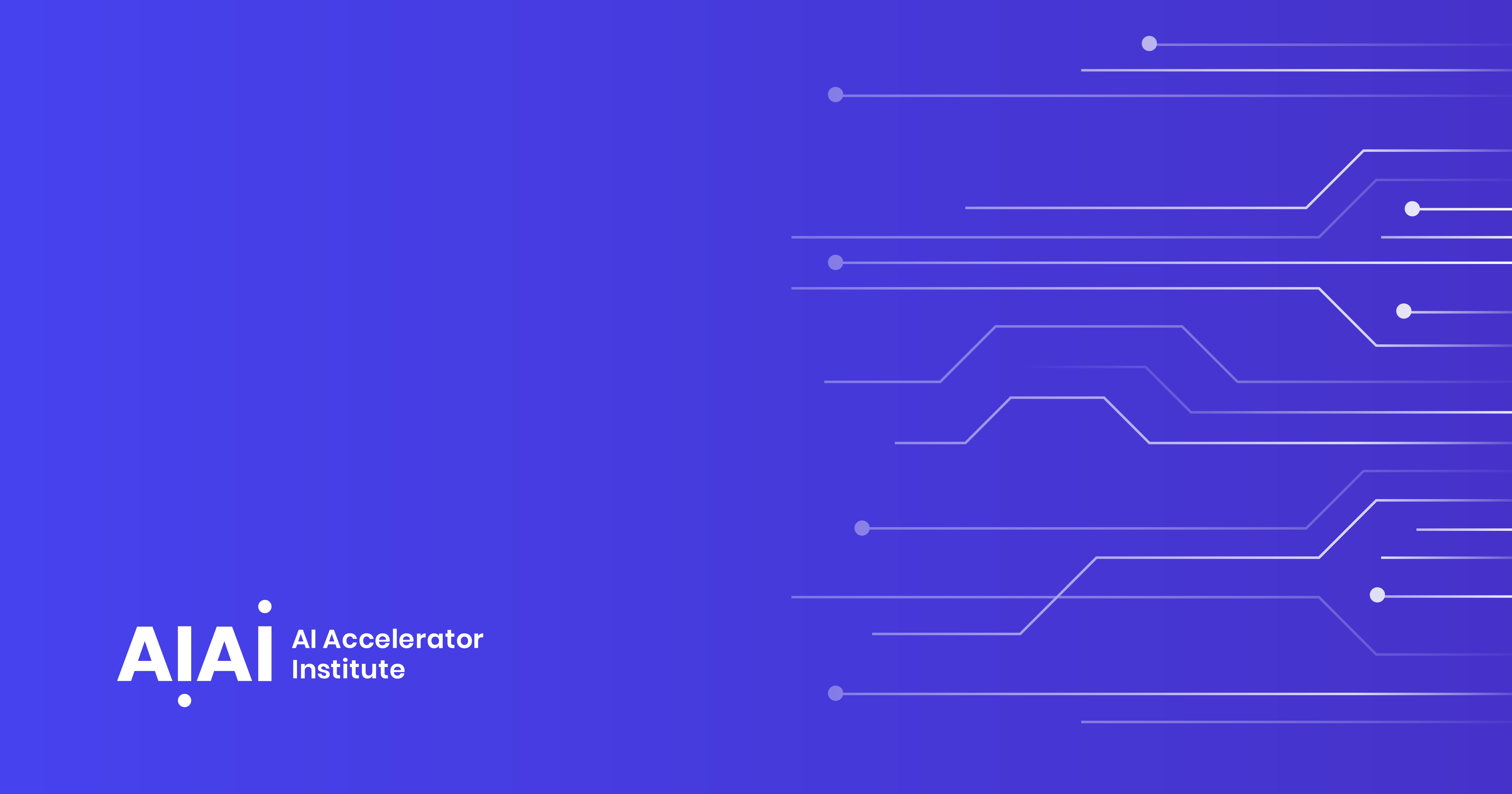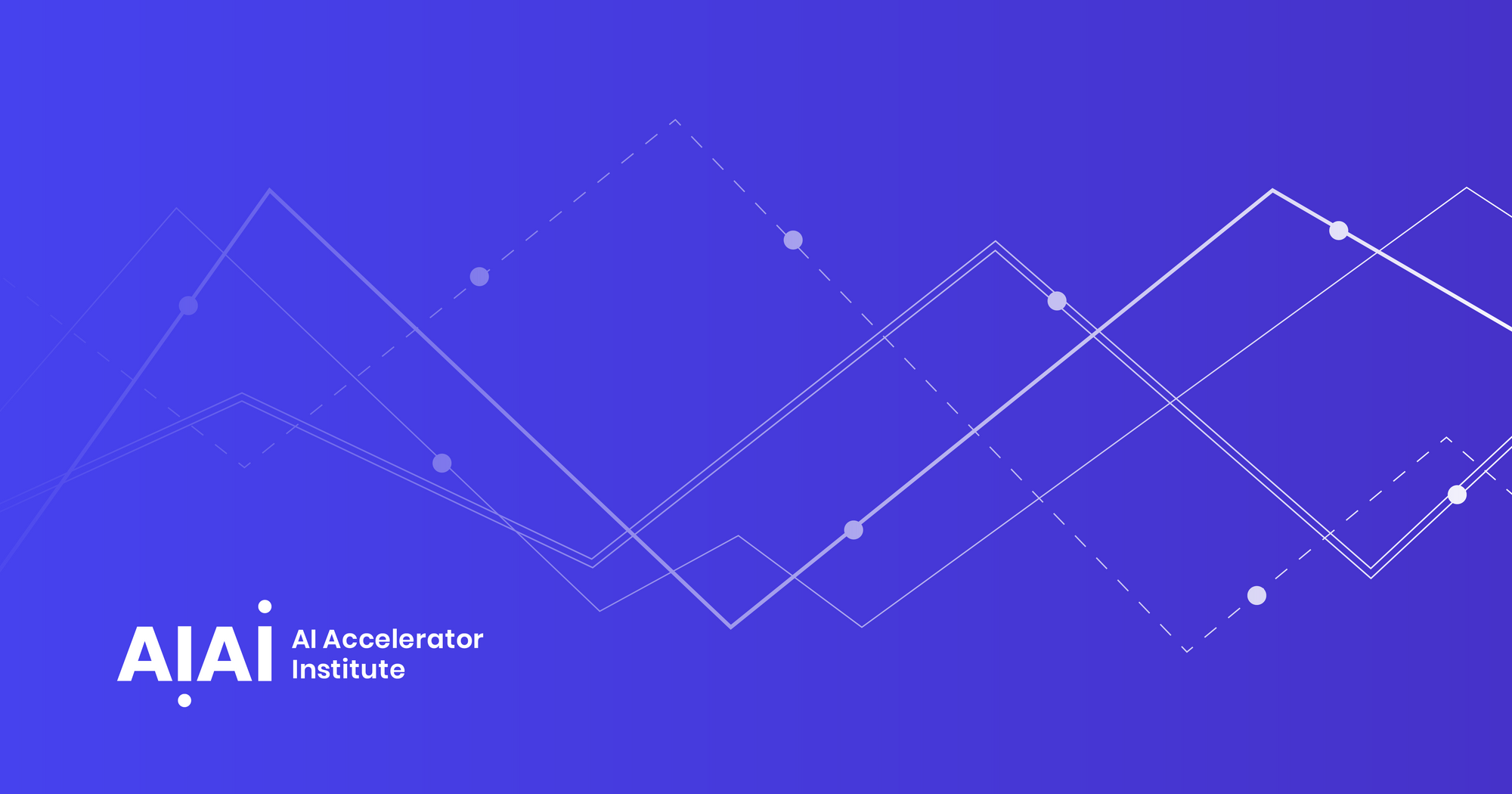Artificial intelligence (AI), machine learning (ML), deep learning, and edge computing are changing industries worldwide. From being vital tools in healthcare to helping businesses offer streamlined services, there seems to be little AI can’t do.
In our first news roundup, we go over a few relevant articles from March, offering an insight into the month’s news on AI, ML, deep learning, and edge computing.
In this article, we look into:
- AI beating eight world champions at bridge
- AI spotting type 1 diabetes earlier
- ML finding an important link in pressure ulcer risk
- An ML model streamlining ED visits
- Deep learning helping Google design smaller chips
- A collaboration between Kyndrul and Lenovo
AI beats eight world champions at bridge
NukkAI, a French startup company, challenged human champions to play 800 consecutive deals, which were divided into 80 sets of 10. With each champion playing both their own and their “dummy” partner’s cards against a pair of opponents, which were the best robot champions in the world - but still not nearly as good as expert human players.
The company’s AI, NooK, which has been undergoing continuous development for five years, played the same way as human players, including the same opponents and cards. The result? NooK won 83% of the 80 sets, meaning the score was a difference between the ones the human players and the AI played (averaged over each set).
Want to know more about AI? Read our guide below:

AI has spotted type 1 diabetes in children earlier
Dr. Julia Townson, Senior Research Fellow at Cardiff University, and her team, with funding from Diabetes UK, developed a predictive tool by using artificial intelligence and electronic health records. This tool was trained on data from a million children to find patterns in children’s GP records that could highlight that they had undiagnosed type 1 diabetes.
By testing a variety of combinations of factors from these records, like bedwetting, being prescribed antibiotics, urinary infections, and family history of type 1 diabetes, the tool could find which factor was the best to predict a diagnosis. To know if the predictive tool could spot children already diagnosed, researchers compared how it worked by using GP and hospital records from 1.5 million children.
With the level set at 10% by the researchers - meaning that 1 in 10 children under 15 years old who consulted with a GP would raise an alert - the tool was able to successfully identify 75% of children who would develop type 1 diabetes in the following 90 days. This would have let children be diagnosed and start life-saving treatment an average of 11 days earlier than they were. Further work is now needed to see the potential for a wide use of the tool.

ML links age and intensive care to pressure ulcer risk
Using the Bayesian Additive Regression Trees (BART) machine learning approach, researchers examined 149,006 inpatient pressure ulcer cases between 2014 and 2018 from a German university hospital.
The team was able to detect ulcers in 4,663 - 3.1% of cases, and also found that 49.7% of these cases included both surgery and anesthesia use, with more than 50% of cases happening in just one ward and 19.6% involving intensive care.
Through various statistical analyses, the researchers were able to find the probability of pressure ulcers correlated with factors like a patient’s age, presence in intensive care units, number of wards where they received treatment, and length of anesthesia. The team acknowledges the single setting in which the research took place, with the need for a “randomized controlled trial in a large sample”.
An ML model helped to streamline 22% of pediatric ED visits
A study by JAMA Network discovered that machine learning-driven workflows aided in the test ordering process within pediatric emergency departments (EDs). The models predicted there was a necessity for services such as abdominal ultrasonography, forearm radiographs, and more.
Researchers used a variety of statistical analyses to evaluate the models, so they could determine the time between the completion of patient triage and test use. By using machine learning-based medical directives (MLMDs), patient visits can be streamlined by autonomously ordering common ED tests. The MLMD directives also allow for test results to be available 165 minutes earlier than usual.
While care teams can expand care for patients, researchers acknowledge that several limitations could have affected the research, such as having limited data and a need for cost-effective analysis.
Want to know more about machine learning? Read our guide below:

Google designs faster and smaller AI chips with deep learning
Researchers from UC Berkeley and Google said they developed a deep learning approach - PRIME - that generates AI chip architectures through drawing from existing performance figures and blueprints. According to the researchers, this approach can create designs that have lower latency and need less space than Google’s-in-production EdgeTPU accelerator.
The paper, “Data-Driven Offline Optimization for Architecting Hardware Acceleration”, highlights that the PRIME approach is important due to traditional simulation-based chip design being both computationally expensive and time-consuming. Chips designed in the PRIME way, according to researchers, had up to 50% less latency than the ones designed by simulation-driven methods. Deep learning also helped to minimize the amount of time to generate blueprints by 99%.
The team compared PRIME-generated chip designs to simulation-produced EdgeTPU across nine AI applications, including image classification models like MobileNetEdge and MobileNetV2. The PRIME designs were optimized for each application, with the chips having 2.7x improved latency and 1.5x reduced die area.
Kyndryl and Lenovo collaborate on hybrid cloud and edge computing
Kyndryl, an IBM spin-off, has an extended partnership with its IT server supplier, Lenovo, which will lead to collaboration on both delivering and deploying scalable hybrid cloud solutions and edge computing implementations.
From hybrid cloud to hyper-converged infrastructure (HCI) and edge computing applications, the new rising demand for edge networks is behind this collaboration. Earlier in March, Lenovo showcased a new line of edge-to-cloud IT infrastructure solutions for midsize businesses, which included storage, server, and service offerings for better resource optimization and remote work.





